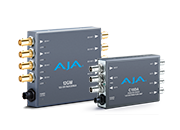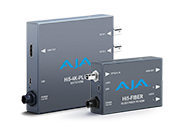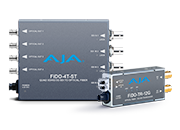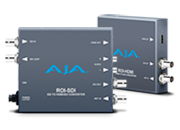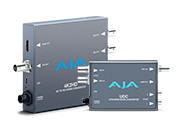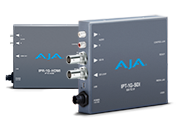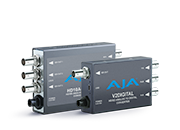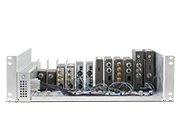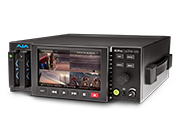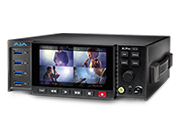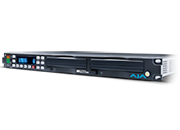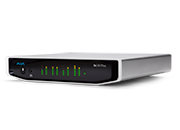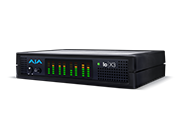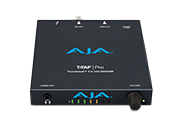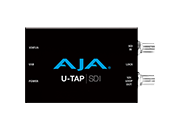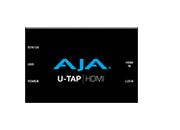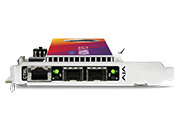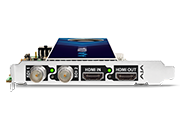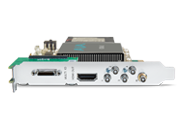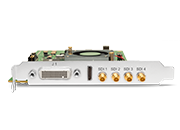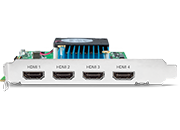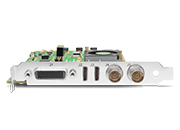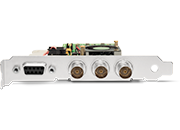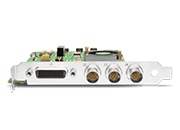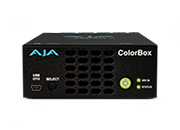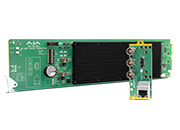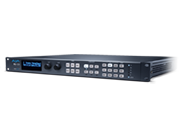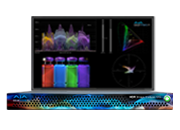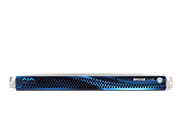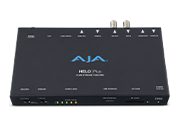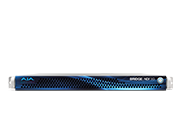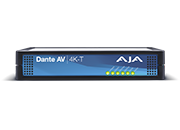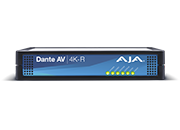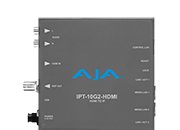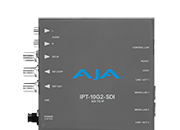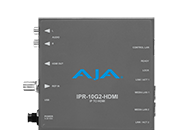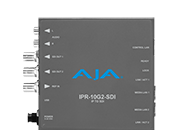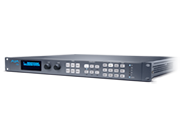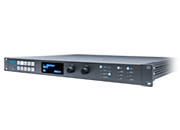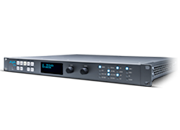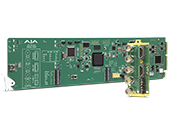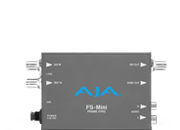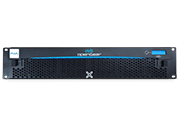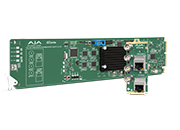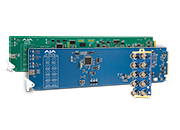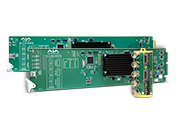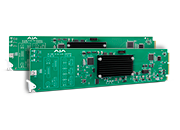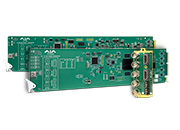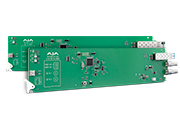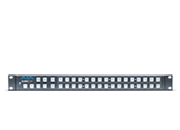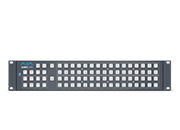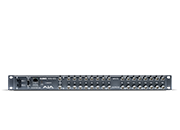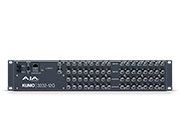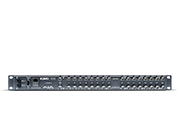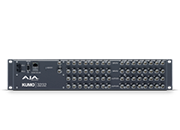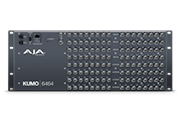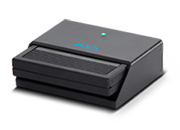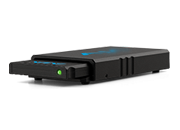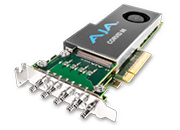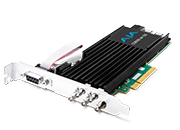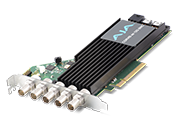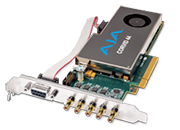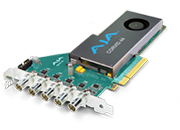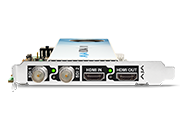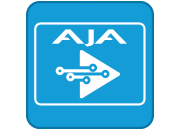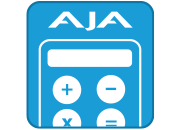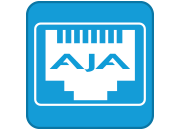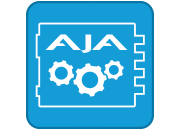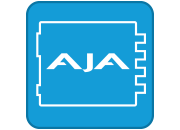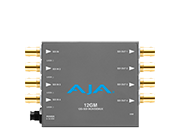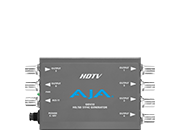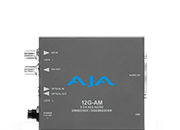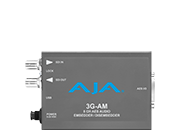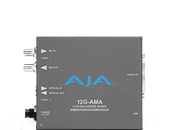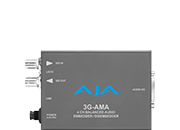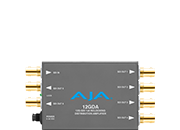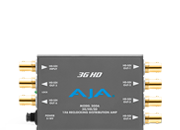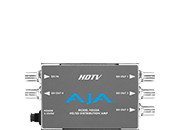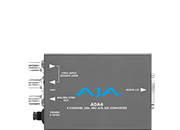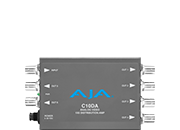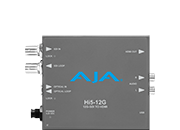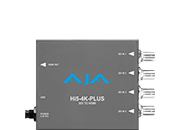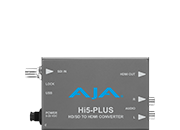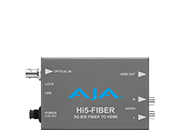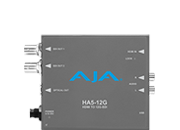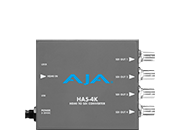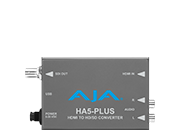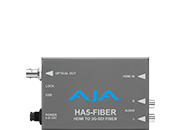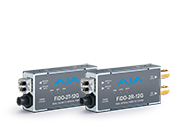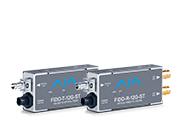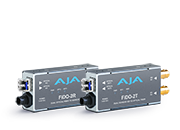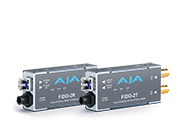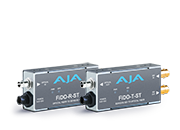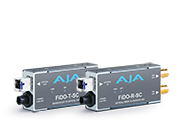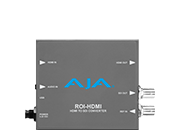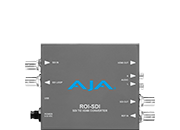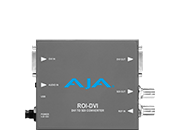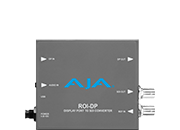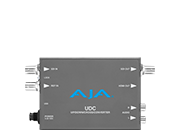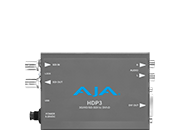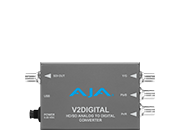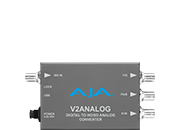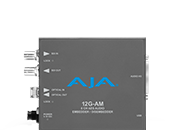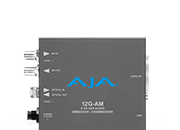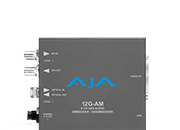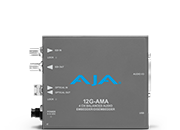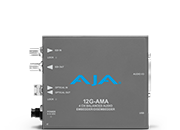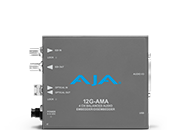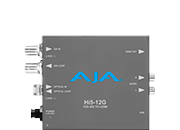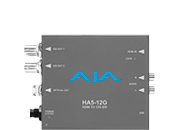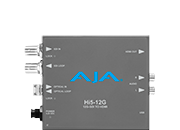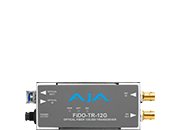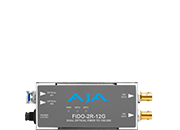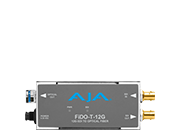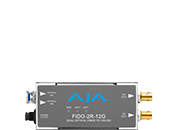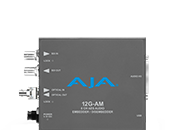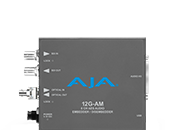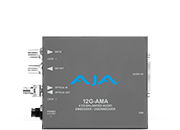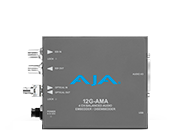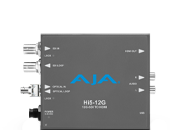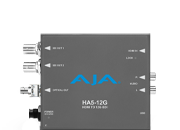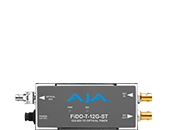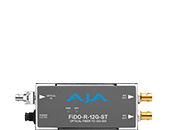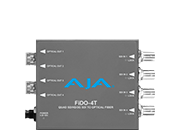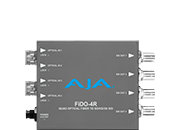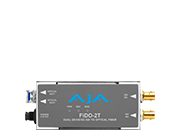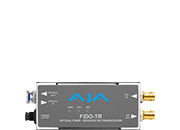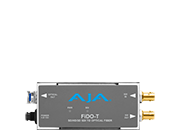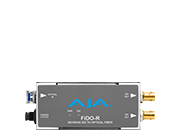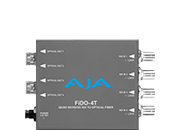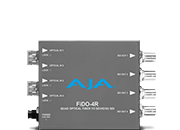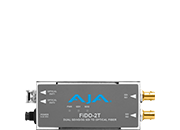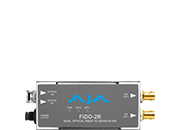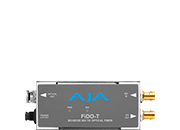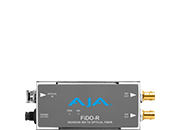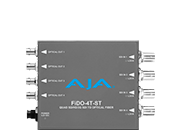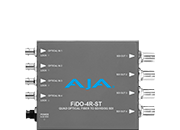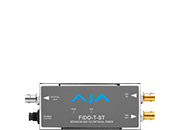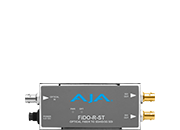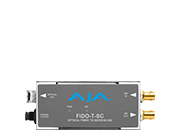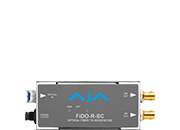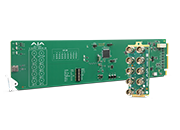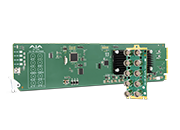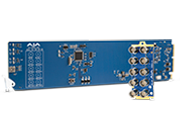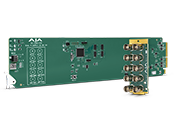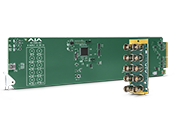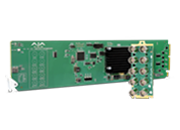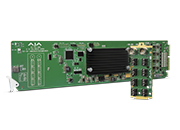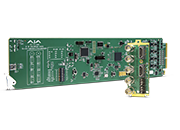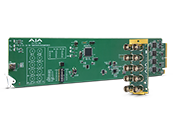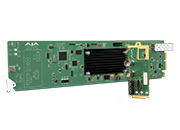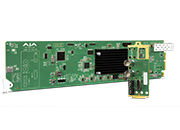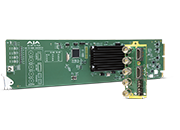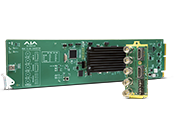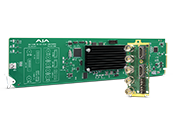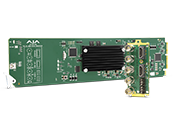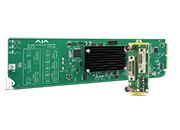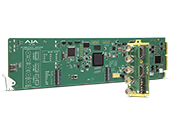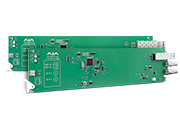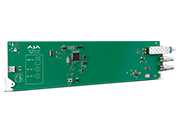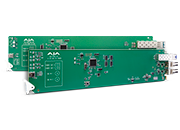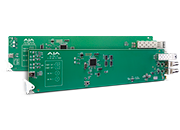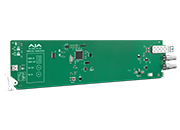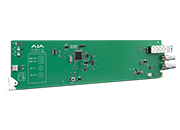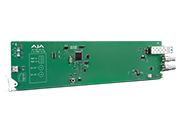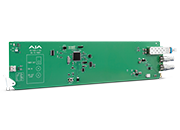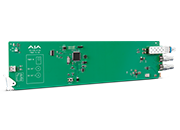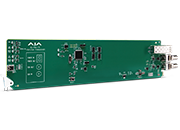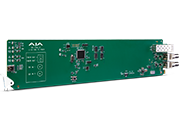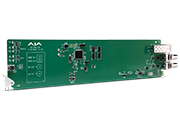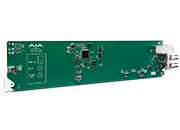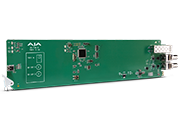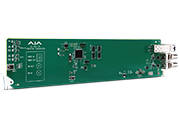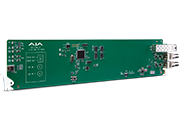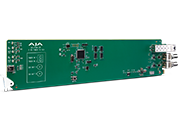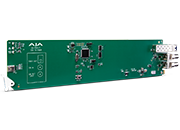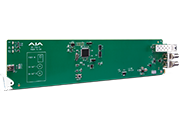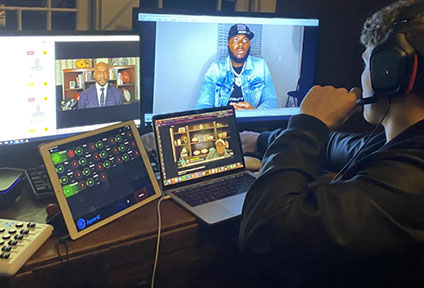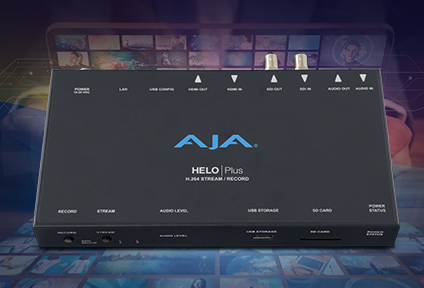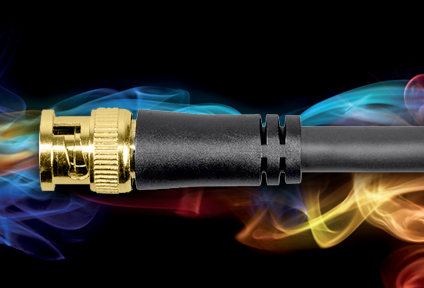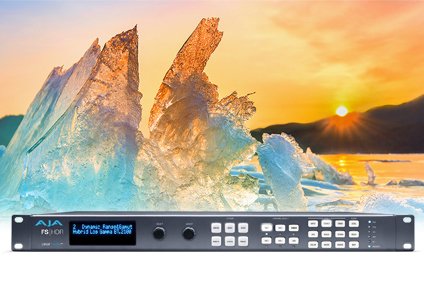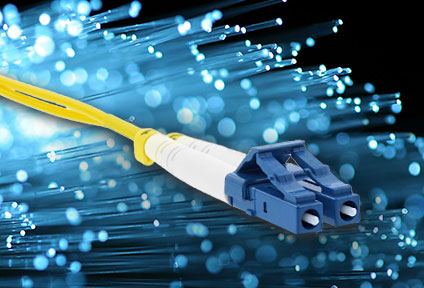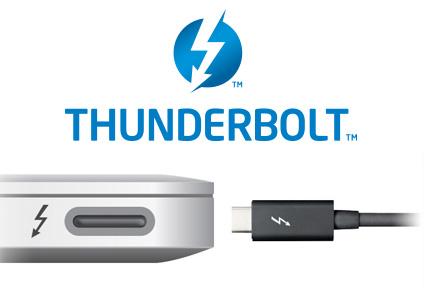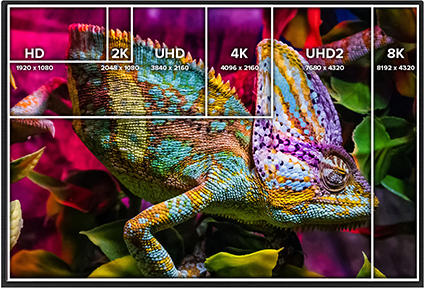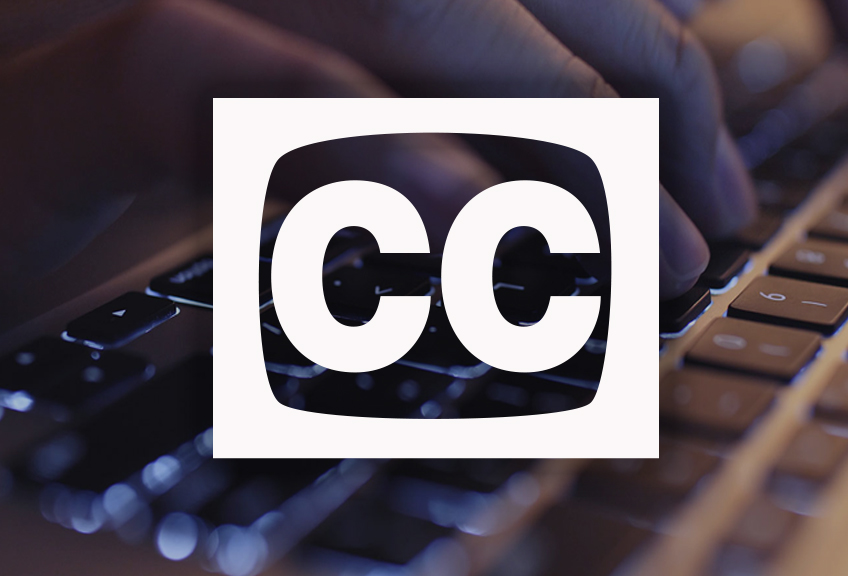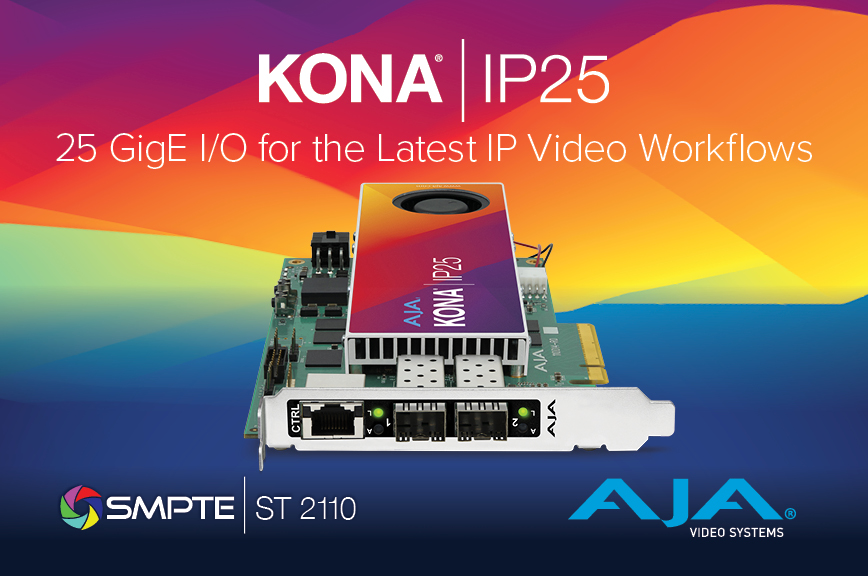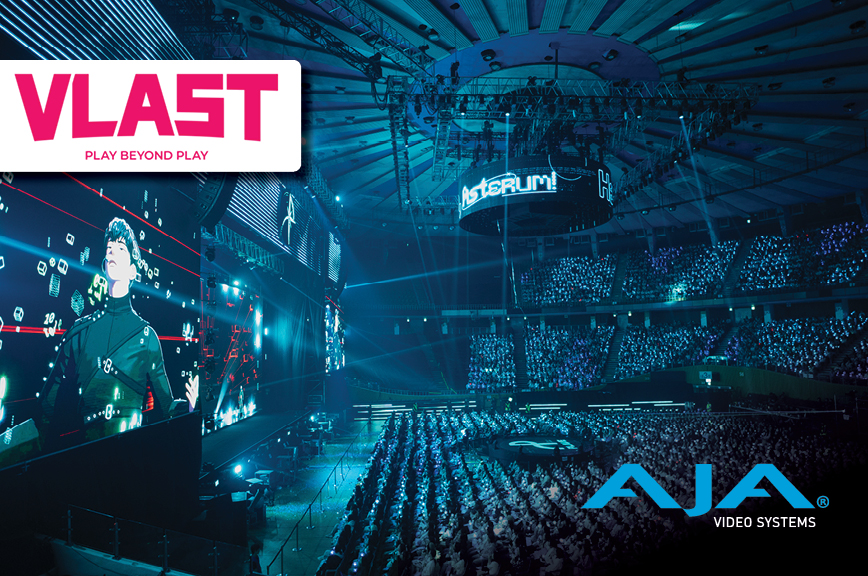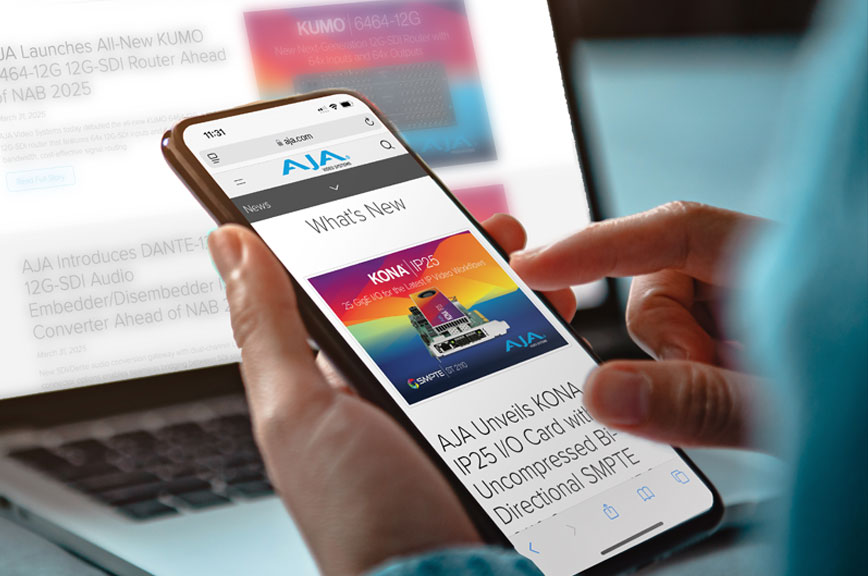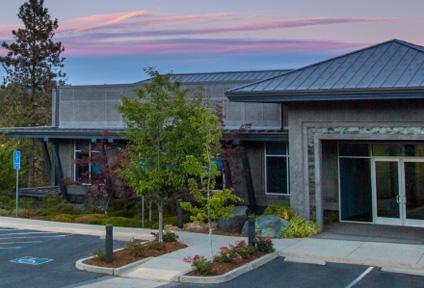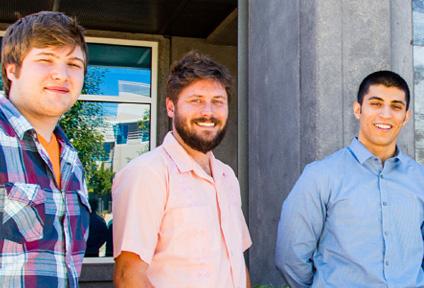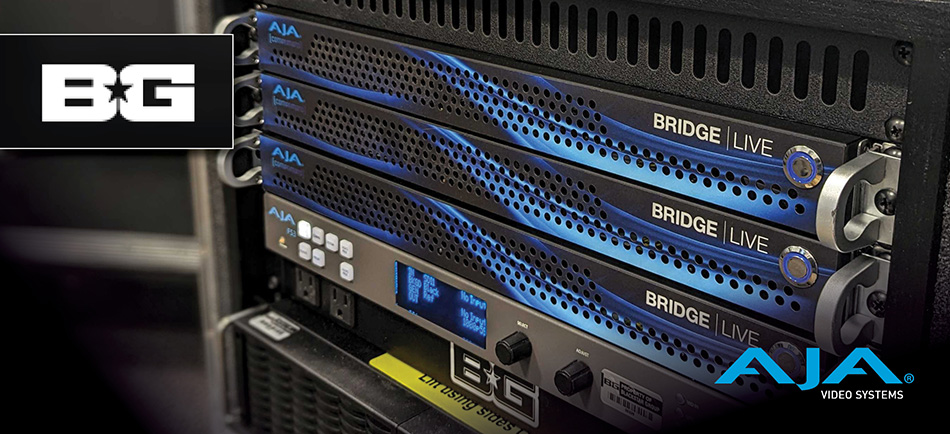BlackStar Group Elevates Esports Broadcasts with AJA BRIDGE LIVE
January 19, 2023
Along with providing live production services for all manner of events, BlackStar Group has supported some of the biggest names and titles in esports. The status quo may be enough for some, but not for their team. They’re constantly evolving and exploring new workflow solutions like AJA BRIDGE LIVE to further elevate their services. BlackStar Group Director of Business Development Adam Flynn and Encoding Engineer Pat Marcoux recently sat down with us for a chat about their work and the esports landscape.

Tell us about BlackStar Group.
Pat: BlackStar Group is based out of Baltimore, Maryland. We’re an esports networking and production company with studios in Columbus, Ohio, and Arlington, Texas. Our esports credits include Call of Duty League, Overwatch League, Halo, Counter-Strike, Apex Legends, FIFA and Madden, and more.
Adam: BlackStar Group has been an esports staple since the mid-2000s, and we officially incorporated in 2011. We currently have 17 people on our team, many of whom travel or run overnight streaming broadcasts. On average, we produce 3-4 competition broadcasts a month, usually spanning Thursday through Sunday. Then we do live travel gigs about once per month.
What is driving the popularity and evolution of esports?
Adam: At its core, esports is a community-building vehicle. Game developers with massive marketing budgets are creating a bigger following and doing so through experiences. They partner with a production company and hire different teams to build out a unique experience to draw people in. Because the focus is on engaging with the gaming community, esports is very accessible and inclusive.

What do you enjoy about your job, and what is most challenging about it?
Pat: I went to college for production, and I’ve done many live productions for concerts and corporate events, but there’s no better crowd than an esports crowd. It’s always exciting to see what stage designs the production companies envision because they’re always changing. It keeps us on our toes, but with tools like AJA BRIDGE LIVE, we have one less thing to worry about. That reliability is priceless.
Adam: I play video games and love to travel. Productions have taken us from a warehouse in Manchester, England, to a 2-block takeover in downtown Los Angeles. You don’t have to be a gamer to appreciate how amazing it all is.
How does BlackStar Group procure jobs?
Adam: Most of our work originates from word of mouth. Esports may have started small, but it’s a growing community. We've been around for a while and have many connections we've grown over the years.
Pat: There aren’t many companies that do what we do at the scale we do it. The larger events require an enormous amount of equipment and there have been few companies able to accommodate that kind overhead.
Walk us through a typical day on the job.
Pat: For a typical travel show, we arrive at the venue and connect with the on-site production crew and/or the OB truck team. Working with on-site engineers, we grab all of the video feeds (about eight, on average), which are transmitted to our rack including AJA BRIDGE LIVE units. I then separate, monitor, and test all of the transmissions. For a recent trip to Raleigh, North Carolina, for the “Call of Duty League Kick-Off,” we worked with 12 video feeds and three stages. The competition featured both professionals and amateurs.
Whatever the event, we can stream to nearly any platform (Twitch, YouTube, Facebook, etc.), including ESPN. We’ve also sent broadcasts to ABC, FOX, etc. Generally, we produce the main broadcast but also cover some side stages. Some feeds are clean and go out to international broadcasters. We also use multi-viewers and send low-latency game feeds to our endpoints; the low latency and multi-point sync that BRIDGE LIVE provides are fantastic in this respect.
How has BRIDGE LIVE changed the way you work?
Pat: The biggest change we’ve seen is the ability to manage multichannel audio, which was previously a major pain point. BRIDGE LIVE eliminates this challenge. We can send our main broadcast to an ingest server and separate the feeds, such as the main program feed, clean, casters only, and analysts only. All audio is available to us, and we can ingest it very quickly. BRIDGE LIVE has helped us step up our ability to archive the available data.
Adam: Esports as a whole did a major pivot to online events during the pandemic. Like many live event production companies, we ended up leaning on encoding a lot more. And it’s been a major part of what we've been doing since, with BRIDGE LIVE playing a key role.
How has the pandemic impacted the way you work?
Pat: Early in the pandemic, business mandates prevented us from having a large crew inside the studio. In the beginning, we did a few cloud-based shows without hardware. Then, when guidelines began to relax, one of our clients’ studios was able to host up to 10 people, so we did remote encoding, which worked well once we figured out the workflow. We began using encoders we had in-house but quickly ran into issues, so we knew we needed to level up with more industry-standard hardware. Mid-pandemic, we bought our first BRIDGE LIVE, and it made things a lot easier in terms of being able to sync up remote game casters. We got them a lot closer to real-time than we’d ever been able to, reducing latency from five seconds to two seconds. That’s a significant difference, as no one wants to hear delayed commentary on a play. It takes you out of the experience.
Describe your typical production workflow.
Pat: We're the last stop of the production, so we get the final production feeds into our BRIDGE LIVE units and then send them out to our distribution platform. From there, we can do low-latency feeds for a producer that isn't in the building or private, high-quality feeds. Also, from the distribution platform, we can then go to any platform we need to (Twitch, YouTube, Twitter, Facebook, etc.).
We currently have six BRIDGE LIVE devices, including two in a Columbus studio, which get used about four days a week. We have four more that live in our travel racks. Most of the gear that we put together is based on the needs of the show and the client, but BRIDGE LIVE is a staple. Esports broadcasts usually range from 8-12 hours, so reliability and uptime have always been key in the decision-making process. I won't send anything out that can’t handle long-term streams, and BRIDGE LIVE beats anything else I've tried.
Because we can use BRIDGE LIVE to send feeds to multiple endpoints, we can send them to our failover distribution platforms as well. Our network in these studios is very robust, with multiple ISPs. So, we can specify which feed it’s going to in terms of the data center it's hitting. It gives us a remarkable amount of flexibility in failover and protection. We’re proud that we haven't had any stream outages that weren't platform-based in the past year. The BRIDGE LIVE lets us execute a range of pipelines and multiple syncs and go to multiple locations over different ISPs. This flexibility is extraordinary because you can send it to multiple locations and not incur any extra overhead.
What trends are you and your team following and why?
Pat: Merch content is a key focus for many companies we work with, and more clients are asking for distribution into their MAMS, or their content ingests so they can quickly put out content, whether for Twitter or YouTube quick clips. We also expect we’ll see more organizations requesting access to clean feeds so they can do community broadcasts and co-streams. BRIDGE LIVE makes that a lot easier because these esports competitors don't all live in the same area. Being able to get them quick low-latency feeds so they can have their own broadcast is going to be huge. Co-streams will also continue to trend because they help boost numbers.
How do you see the esports industry evolving in the next few years?
Adam: The bar for event broadcast is constantly being raised as amazing productions are created with multiple feeds and viewer interaction. It's our job to exceed the expectations of the past, going beyond what we've done before. As part of such a dynamic industry we can't stagnate on a status quo. It's an arms race to produce the next great experience.
About AJA BRIDGE LIVE
Developed in cooperation with streaming software experts Comprimato, BRIDGE LIVE is a turnkey solution built for critical streaming and contribution applications with high performance 12G-SDI video encoding/decoding, stream-based transcoding, with flexible 12G-SDI I/O, comprehensive metadata and closed caption support, all within a compact 1RU form factor with redundant power supplies. www.aja.com/products/bridge-live.
About AJA Video Systems
Since 1993, AJA Video Systems has been a leading manufacturer of video interface technologies, converters, digital video recording solutions and professional cameras, bringing high quality, cost effective products to the professional broadcast, video and post production markets. AJA products are designed and manufactured at our facilities in Grass Valley, California, and sold through an extensive sales channel of resellers and systems integrators around the world. For further information, please see our website at www.aja.com.
All trademarks and copyrights are property of their respective owners.
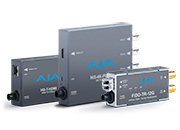 Mini-Converters
Mini-Converters
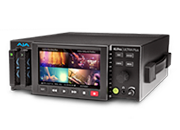 Digital Recorders
Digital Recorders
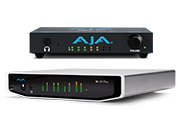 Mobile I/O
Mobile I/O
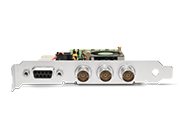 Desktop I/O
Desktop I/O
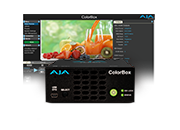 Color
Color
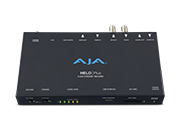 Streaming
Streaming
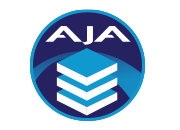 AJA Diskover ME
AJA Diskover ME
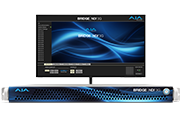 IP Video
IP Video
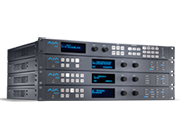 Frame Sync
Frame Sync
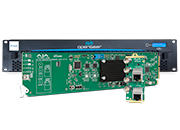 openGear
openGear
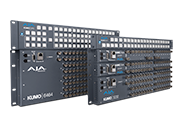 Routers
Routers
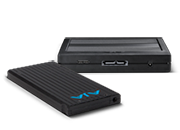 Recording Media
Recording Media
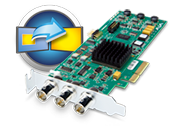 Developer
Developer
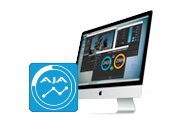 Software
Software
